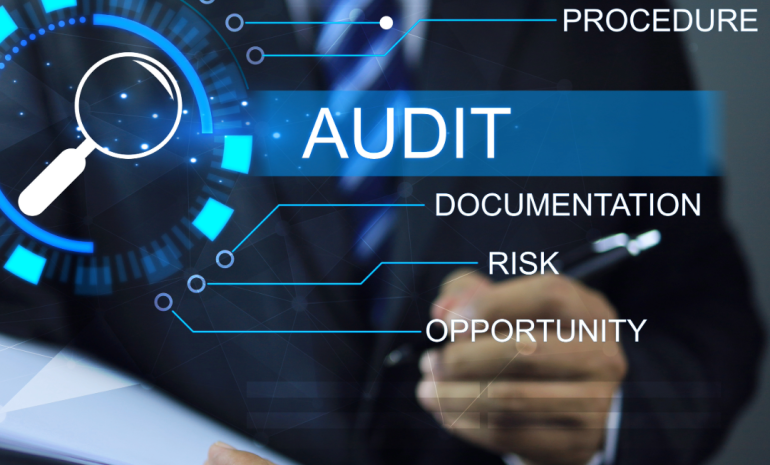Continuous improvement takes commitment and consistency; a process of regularly reviewing and auditing your standard operating procedures.
Smooth business operation hinges on adhering to industry standards, regulatory, and compliance frameworks.
A robust system for managing audits, tracking progress, and establishing an efficient standard operating procedure (SOP) framework is critical to streamlining, improving, and guaranteeing all checkboxes are complied with.
We’re here to provide you with twelve essential tips to audit management, audit tracking, and the audit process, all while highlighting the significance of a well-structured SOP framework.
Audit Management: The Key to Success
Audit management is the foundation of a streamlined, compliant organization. Without proper management, you risk falling short of regulatory requirements and operational excellence. Here are some essential steps to consider when handling audit management:
1. Define Audit Objectives
Clearly define your audit objectives. What do you want to achieve with the audit? Understanding your goals will shape the entire process and allow for identifiable resolution.
2. Audit Planning
Effective audit management requires thorough planning. Define audit scope, select a qualified audit team, and schedule audits at appropriate intervals.
3. Conducting Audits
Execute audits according to your defined plan. Ensure auditors are well-equipped and follow established protocols.
4. Audit Tracking
Audit tracking is an integral part of audit management. You need to monitor and manage the audit process effectively to ensure everything runs smoothly and resolution of audit issues is obtained.
Audit Tracking: Keeping Your Finger on the Pulse
Tracking audits involves closely monitoring the progress and results of your audits. This allows you to address issues promptly and improve your processes continuously.
5. Document Audit Findings
Meticulously record audit findings and identify any issues, discrepancies, or areas for improvement. Using a specialized software tool like AuditFindings can help streamline this process.
6. Analyze and Report
After conducting your audit, analyze the findings and prepare comprehensive reports for analysis. Share these findings with relevant stakeholders to encourage transparency and action on issues.
7. Follow-up
Implement corrective actions based on audit findings. These corrective actions will be crucial in the audit management process and continuous improvement. Tracking the progress of these actions is crucial to ensure long-term success, compliance, and regulatory expectations.
The Audit Process: A Well-Oiled Machine
To make audit management and tracking truly effective, you need to have a well-structured audit process in place. This process should be in line with industry best practices and adaptable to your organization’s specific needs.
8. Establish an Audit Framework
Create a standardized audit framework outlining procedures, responsibilities, and timelines for each audit. This framework can be your SOP for audit execution and extend to creating and optimizing other SOPs.
9. Train Your Team
A well-trained team familiar with the audit process and continuous improvement can expedite an efficient audit. Regular training sessions provide team members with the latest industry standards and best practices.
Building an Effective Standard Operating Procedure Framework
A robust Standard Operating Procedure (SOP) framework is the cornerstone of efficient and consistent operations within your organization. Tasks adhering to a defined best-practice framework are performed consistently with reduced errors and contribute to regulatory compliance.
10. Define SOP Objectives
Start by defining the objectives of your SOP framework. What do you want to achieve through standardized procedures? Is eliminating obstacles and red tape a goal? Or are you building in intentional checkpoints to guarantee nothing goes missed?
11. Develop SOPs
Create clear, comprehensive SOPs for each critical process within your organization. These should include step-by-step instructions and key performance indicators (KPIs) to measure effectiveness.
12. Implement and Monitor
Once you’ve established your SOPs, implement them across your organization and continuously monitor their effectiveness. Make necessary adjustments as your business evolves.
The Bottom Line
Effective audit management, audit tracking, and a well-structured SOP framework are essential to achieving operational excellence, regulatory compliance, and overall success.
A carefully planned, tracked, and implemented SOP framework not only allows your team to meet industry standards but also ensures long-term growth and stability.
Remember to leverage tools like AuditFindings where possible to streamline your audit and tracking procedures.


